How To Find The Best Tools For Your Photography Business
Education
By Anete Lusina
“DSLR or mirrorless?” As a professional photographer, you’ll likely debate this at some point. It could be because your gear is due for an upgrade or you feel it’s time for a change. So, which one do you pick? Both systems have pros and cons. Even here at Narrative, we use a mix of DSLR and mirrorless cameras.
Why? The truth is, there is no one-size-fits-all answer when it comes to picking a camera system — it depends on your shooting style, goals, and budget. There are, however, a few key characteristics to each system that may help you decide which is right for you.
Mirrorless cameras are now the top choice for most professional photographers. In our 2022 survey, 73% of pros reported shooting with a mirrorless system.
When asked why they went mirrorless, the top two reasons were desire to try the new technology (45%) and feeling it was time to upgrade (42%). Only 13% said it was for better features.
This "mirrorless vs DSLR" question has been on the minds of many photographers over the past few years. Google Trends shows a steady rise in searches as professionals weigh both options.
So, the next time you upgrade your photo equipment, should you automatically opt for a mirrorless camera since DSLRs are going out of style? Let’s take a look.
DSLR stands for Digital Single Lens Reflex. This type of camera uses a mirror mechanism to reflect light from the lens up into an optical viewfinder. When taking a photo, the mirror flips up to allow light to reach the digital image sensor and capture the photo.
Mirrorless cameras, however, do not have a mirror or optical viewfinder, as suggested by their name. Instead, light from the lens goes directly to the digital image sensor, and the photographer sees a preview on an electronic viewfinder or rear LCD screen.
DSLR cameras also have a phase detect AF sensor separate from the main imaging sensor, while mirrorless cameras have phase detect pixels built into the main sensor. This means mirrorless cameras use the entire frame, while DSLRs only use specific AF points for phase detection.
What does this mean in practice? Mirrorless cameras give you flexibility to autofocus anywhere in the frame, with just a press of a touchscreen. But if you’re after accuracy when shooting fast-paced action, DSLR cameras will deliver great image quality as long as the subject is within the AF point coverage area.
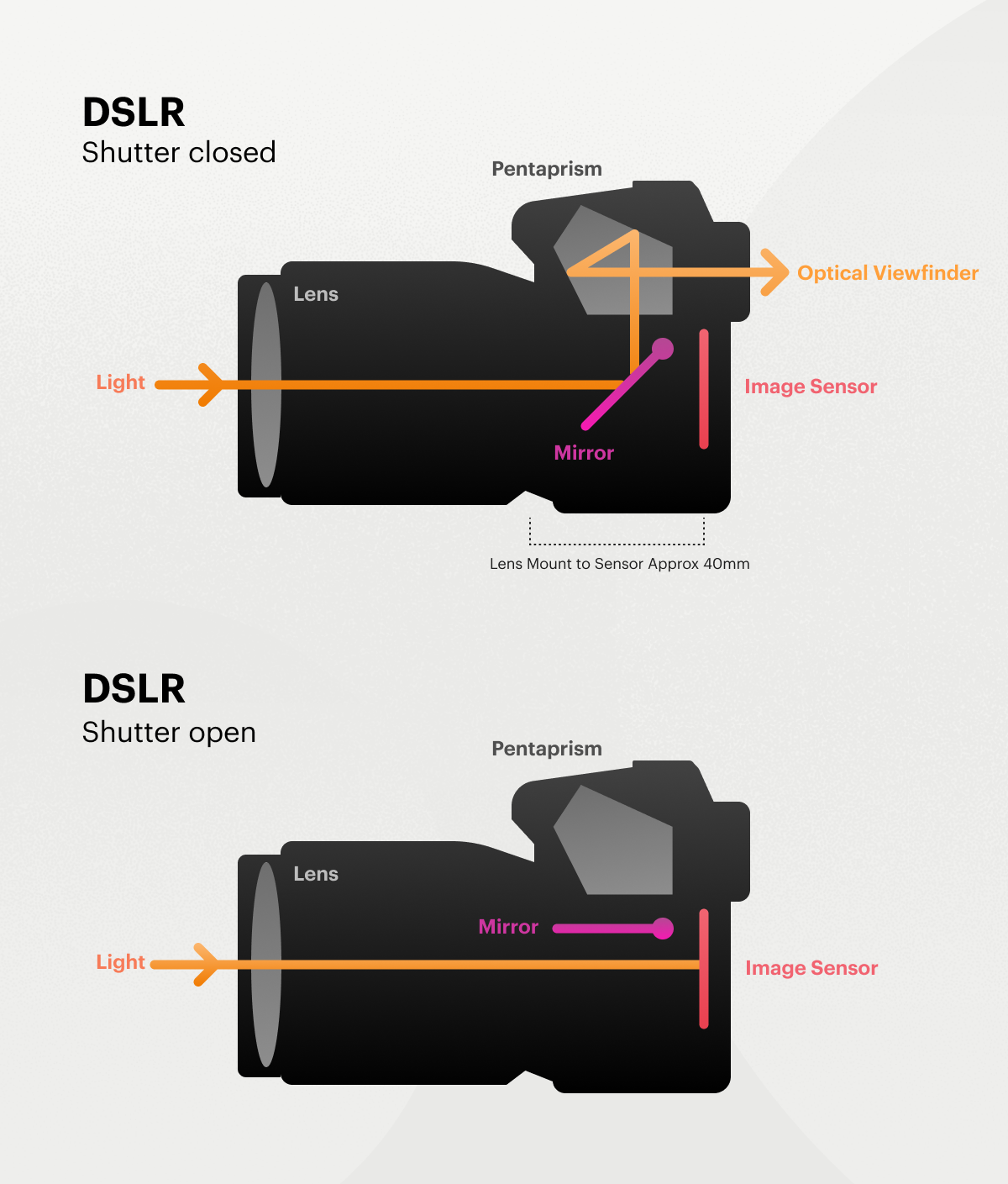
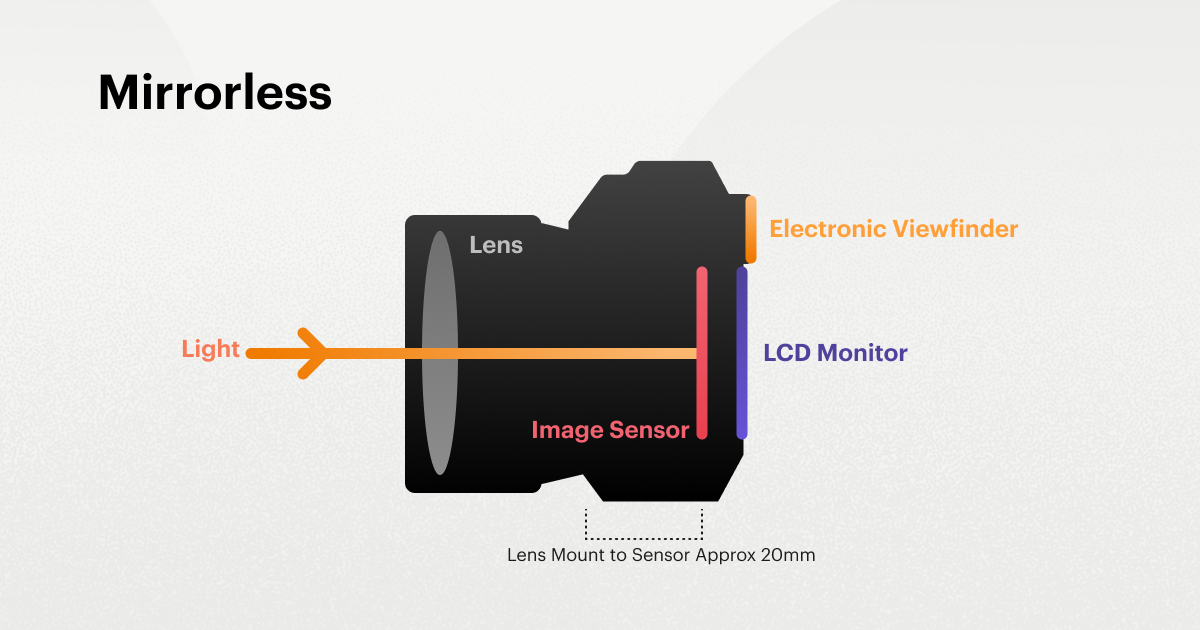
With so many DSLR and mirrorless options on the market, it can be tricky to decide what's best for your needs. The camera is just a tool—your skills and creative vision matter most. But a few factors can help you choose:
Understanding your business goals and shooting style, even as someone new to shooting professionally, will help you pick the right camera system. Rent a DSLR or mirrorless camera for your next shoot to experience the key differences firsthand. Test it in the same conditions you normally shoot under to see how it performs.
DSLR cameras have been around for a longer time than mirrorless cameras. That means there are more DSLR camera bodies and compatible lenses available.
A Shotkit survey found that Nikon D750, Canon 5D Mark IV, Canon 6D, and Canon 5D Mark III have been the most popular DSLR models for professional photographers in 2023. The models on this list were released as early as 2012, so why do pros still use them?
Kyle Wilson, a portrait and wedding photographer behind the Hinterland Stills duo, also uses two Nikon D750 cameras, and recently picked up a Nikon D850. When he first started, mirrorless cameras weren’t an option. By the time the technology had advanced to allow mirrorless cameras to compete with DSLRs, he had already invested in his kit and shooting style.
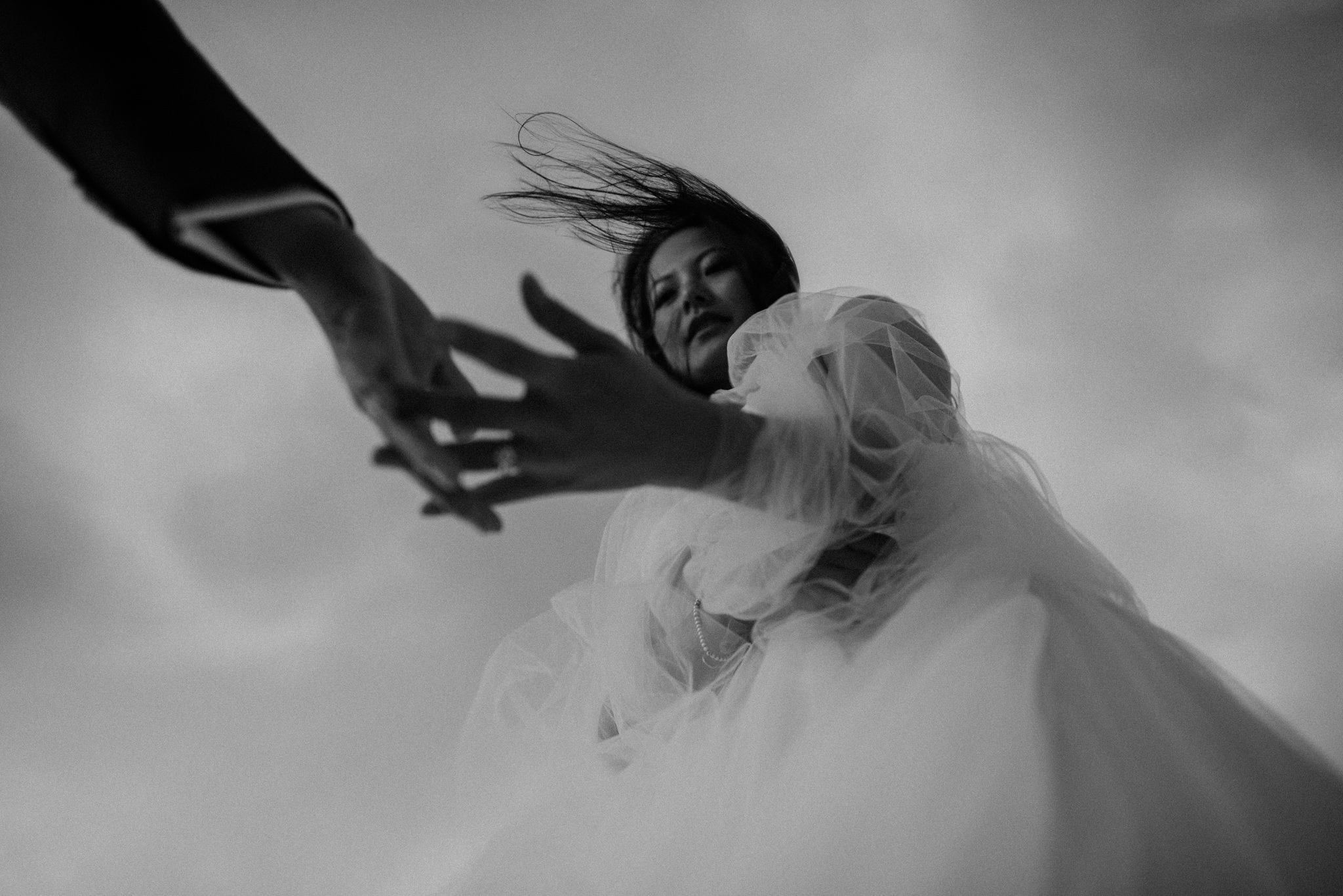
Photo by Kyle Wilson
The mechanical speed and precision of a DSLR are the reasons Kyle kept shooting with his cameras while mirrorless was making its entry into the industry. Even though mirrorless cameras have features that now may surpass DSLRs, Kyle hasn’t noticed a huge difference. At least not until he works with another photographer and makes direct comparisons.
“In my own vacuum I don't feel I am unable to produce any images I wouldn't otherwise be able to,” he says.
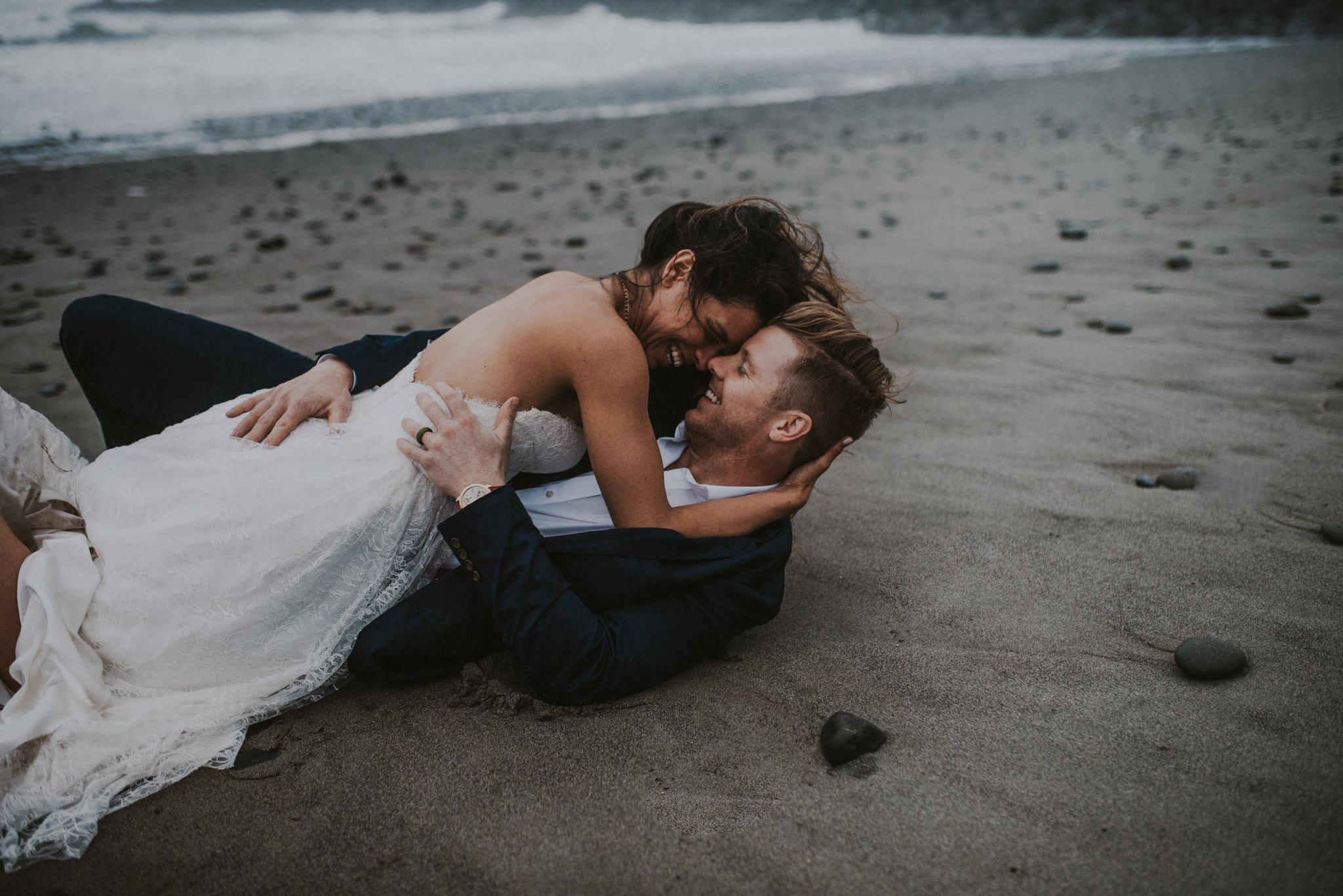
Photo by Kyle Wilson
Some of the other pros of using a DSLR camera include:
On the other hand, there is a reason why many photographers have invested in mirrorless camera systems. Some of the downsides to using a DSLR camera are:
Which are the most popular mirrorless camera models for professionals? Shotkit found Sony a7III, Canon R6, Canon R, Nikon Z6II, Fujifilm X-T3, and Sony a7IV as top choices.
Fardo Dopstra, a documentary style photographer of weddings, couples, pets, and families, chose Canon R5 and R6. When she updates her gear, she goes for the option that’ll help her create images for the next 5-8 years.
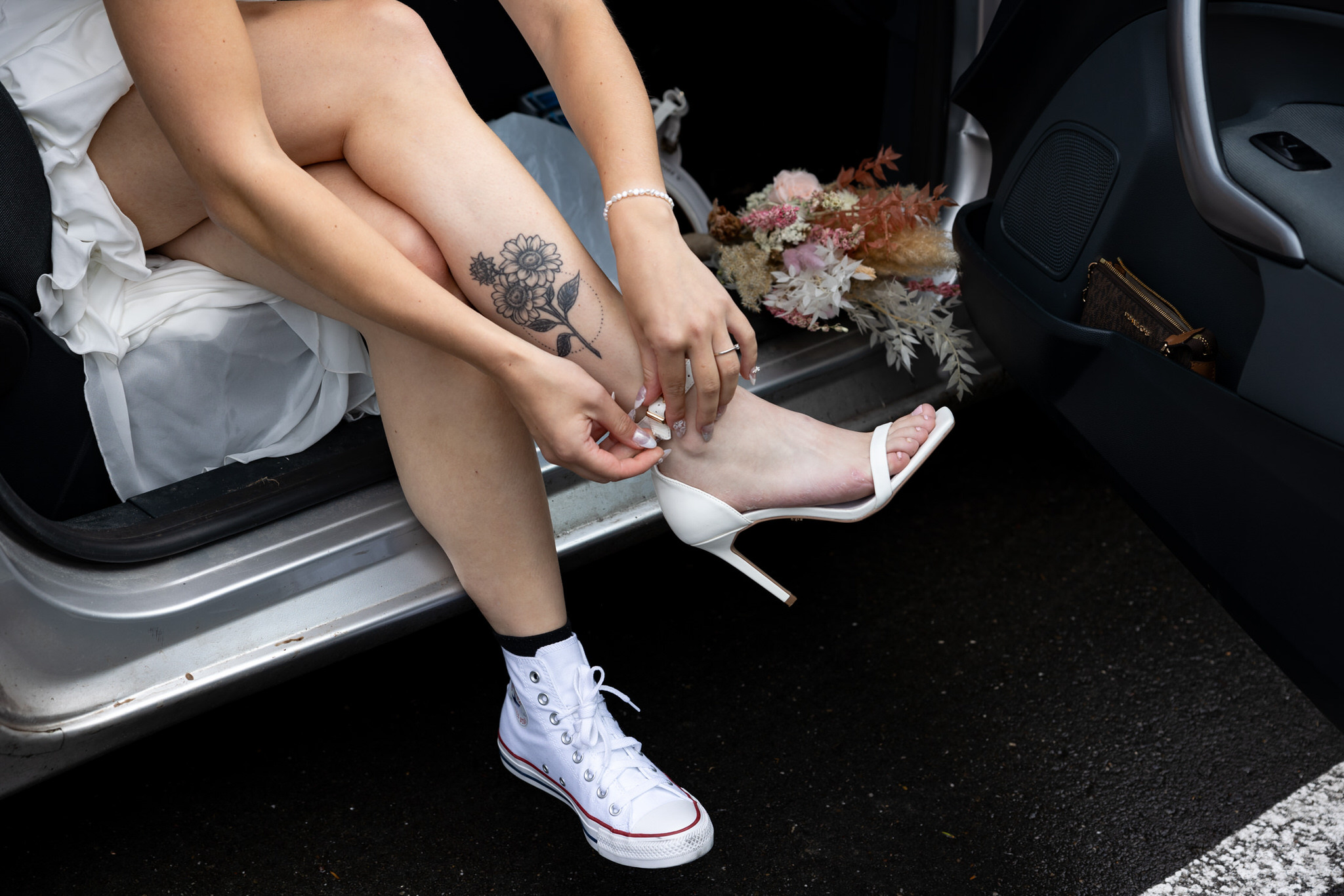
Image by Fardo Dopstra
“I try to figure out what way the manufacturer will go. When it became clear to me the mirrorless R-series was going to be the future for bodies as well as glass, I didn’t want to stick to the DSLR,” she says.
The lighter, quieter mirrorless cameras enable Fardo to capture client sessions and weddings with minimal interference. Following a concussion in a car accident, the advanced features have also allowed Fardo to continue working through aiding features like eye autofocus and image stabilization.
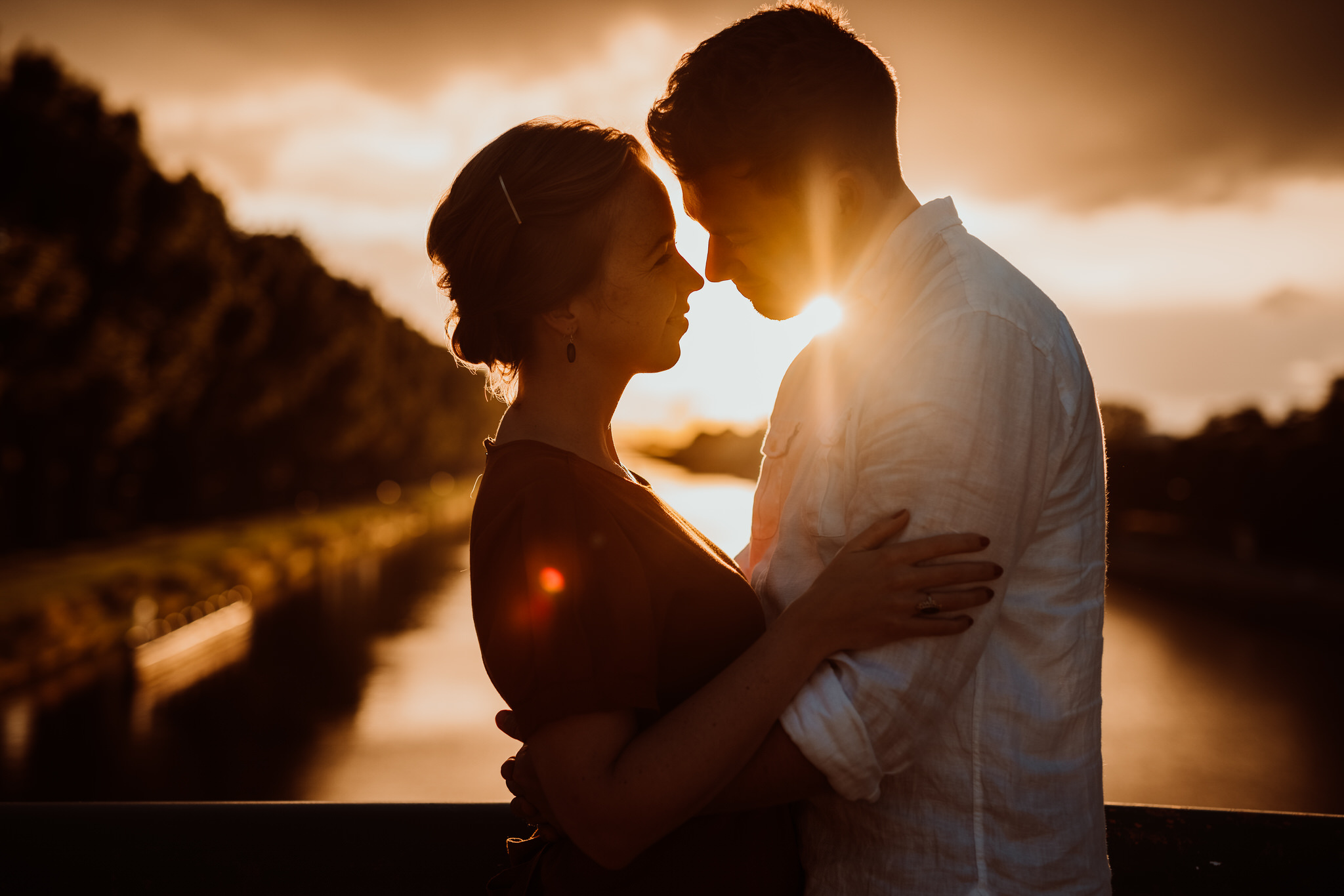
Photo by Fardo Dopstra
“I hardly ever really worry about light circumstances anymore. Shooting into the sunset, that wedding in a candlelit church two days before Christmas, at 8 PM, a nervous little ring bearer at a wedding who practically runs to the wedding couple and back to mum again — I know the cameras are working in my favor,” she adds.
Some of the benefits of choosing a mirrorless camera include:
Shooting with a mirrorless may sound like a great option, but this camera system also has a few downsides worth considering.
In the words of famous portrait photographer Arnold Newman, “We do not take pictures with our cameras, but with our hearts and minds.” The choice between a mirrorless or DSLR camera comes down to picking a tool that will work with your shooting style and help you achieve your photography goals.
Both systems can create high-quality images and offer great performance. It may take a slight learning curve to make the most of your choice, but if you’re in doubt, give both systems a spin by hiring them for a few days before you invest. Don't forget that you have the power to capture amazing shots no matter which camera system you pick.